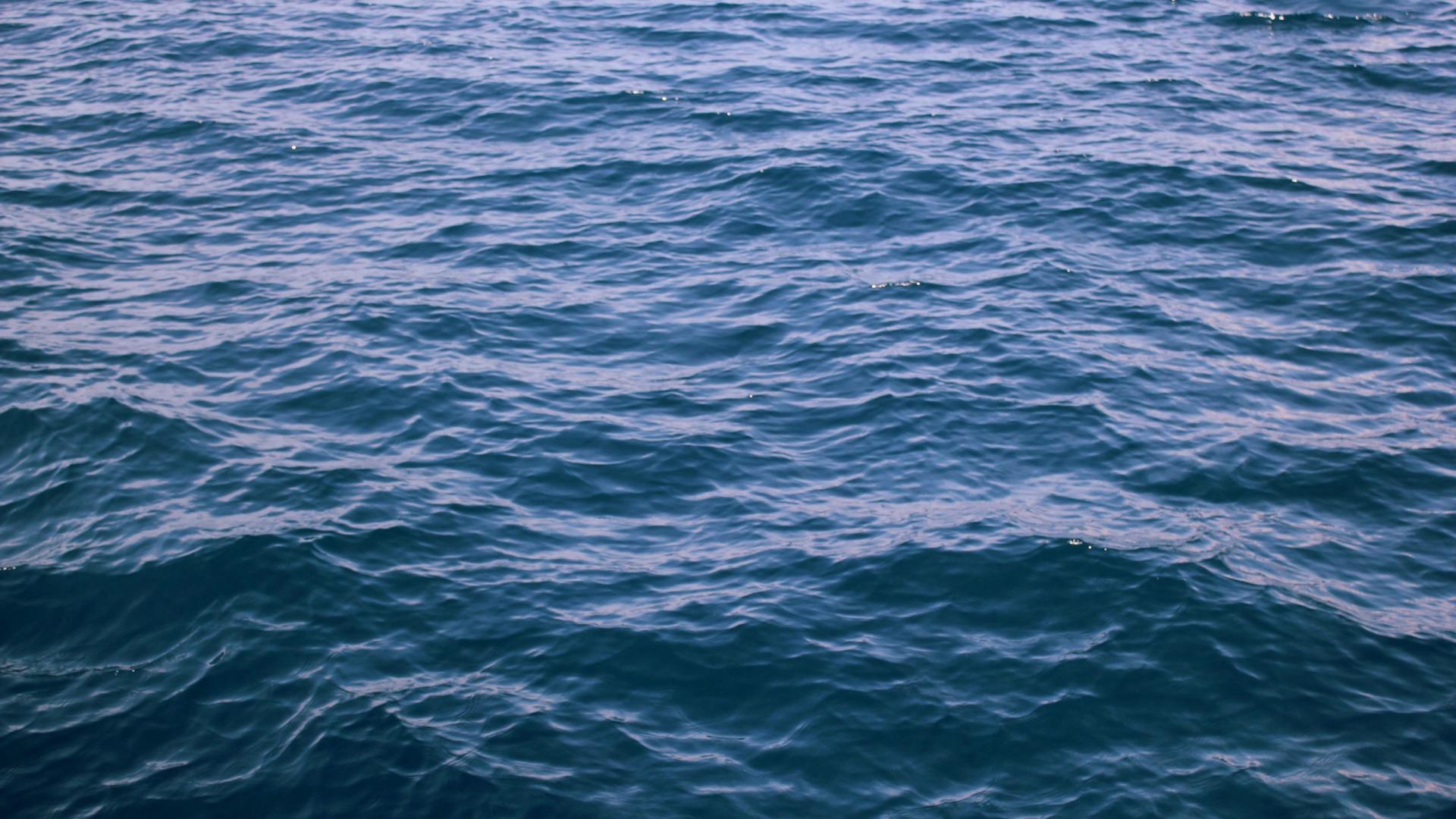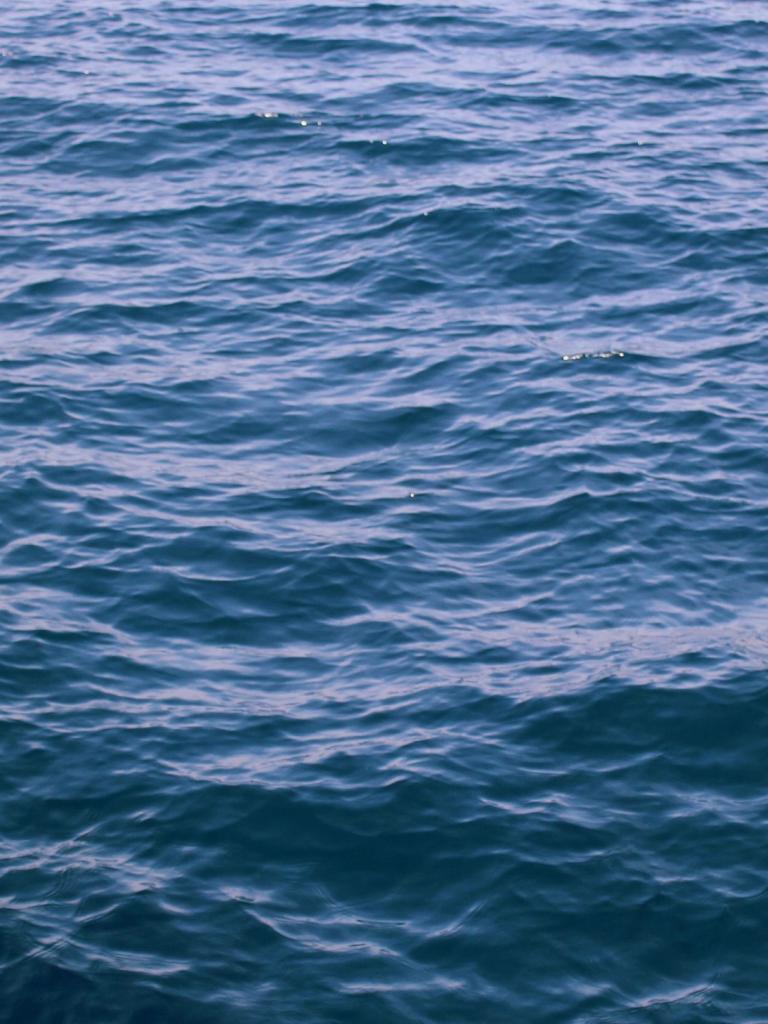27 January 2023
01 June 2020
Scatterometer observations over the ocean have always been assimilated in NWP as wind vectors. This study investigates alternative ways of using these observations. We explore the possibility of assimilating the friction velocity or the surface stress that are geophysical variables closer to what the scatterometer actually measures over the ocean.
Objectives
The purpose of this study is to investigate potential future improvements to the exploitation and assimilation of scatterometer ocean observations from the EPS Metop satellite series and help prepare for the follow-on scatterometer instruments on EPS-SG. It aims to enhance the impact of scatterometer measurements in NWP, especially in a coupled atmosphere-wave-ocean system, and to update existing assimilation strategies to align with the future NWP evolution.
Overview
Scatterometer products over the ocean have been used at ECMWF and other NWP centres in the form of near surface ocean winds with speed and directional information. However, what a scatterometer really measures is the surface radar backscatter that is essentially related to the directional roughness of the sea surface. The roughness is fundamentally driven more by the surface stress caused by the relative motion between the atmospheric wind and the underlying ocean rather than the wind itself. In this project, the assimilation of either the surface stress or friction velocity are investigated. To do so, the suitable surface stress and friction velocity variables are first derived from the Metop ASCAT winds. They are then compared to the corresponding model equivalents. The departure statistics are evaluated in order to identify which is the best variable for the assimilation tests. Once the variable is chosen, the observation operator is adapted and the tangent linear and adjoint are developed to enable the minimization in the 4D-Var analysis. The observation errors of the new variable are also assessed. Finally, assimilation experiments are performed to assess the impact of the new variable on the analysis and forecast.
In the first phase of the study (Work Package 1), the variable transformation from ASCAT wind observations to friction velocity and surface stress, using parameters from the ECMWF background model fields, has been performed. The relationship between surface winds and friction velocity and surface stress relies on the knowledge of the ocean currents and the air density respectively. Two different transformation approaches have been studied at this stage: the first one uses the local values of ocean currents and air density, providing what we call the corrected friction velocity and surface stress. With the second approach, a global average value of the air density has been used and zero ocean currents were considered, providing what we call the uncorrected friction velocity and surface stress.
The differences between the two versions of friction velocity are, on average, quite small and are mainly located, as expected, in areas where the ocean currents are stronger, like in the tropics, Southern Hemisphere, Kuroshio and Gulf Stream areas. The differences between the corrected and uncorrected surface stress (Figure 2) are also on average quite small but show larger values in areas with strong ocean currents and where the air mass is denser, i.e. in the polar regions.
The scatterometer surface stress, embedding both the effect of the ocean currents and the air density, has been selected as the variable to use in the next phases of the project. The impact of the ocean currents correction is smaller and more localised than the one for air density. It was therefore decided that in the transformation from ASCAT winds to surface stress, the ocean current correction will be applied but a constant value of the air density will be used. This means that the coupled data assimilation system will not directly benefit from a modification of the ocean currents but can benefit from improved air density estimation during the minimisation. This is an option in between the two originally proposed at the beginning of the project and discussed above.




